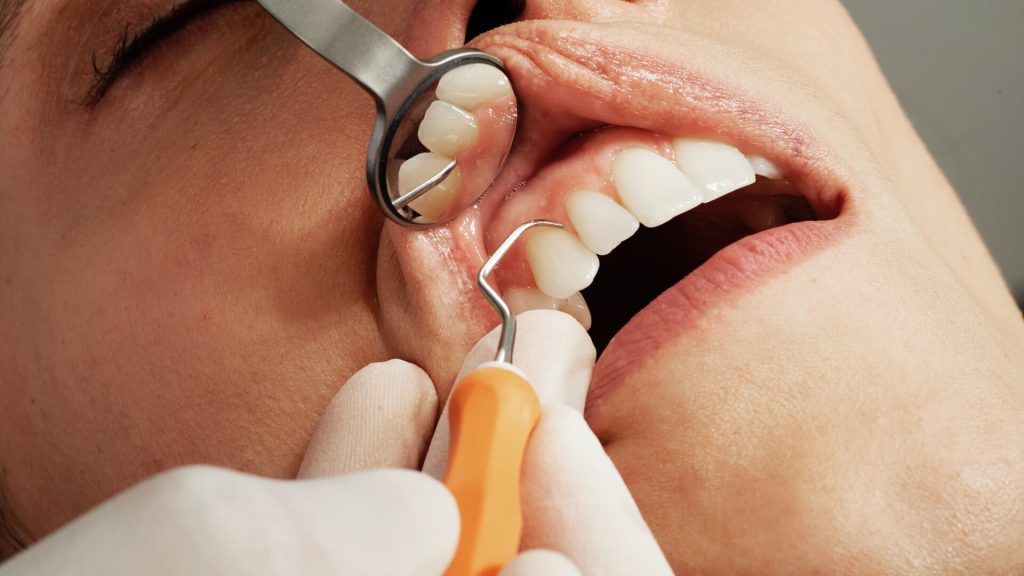
A new treatment approach for tissue inflammation around the dental root and root canal has been implemented, which uses ozone therapy. When used in a complex clinical case, the method helped save a patient’s tooth.
Inflammation of the dental pulp and the periodontium, if not localised only on the inside or the outside but affects both areas, can be extremely difficult to completely cure a tooth. Such cases are difficult to diagnose, therefore, professional literature contains only a few descriptions of them, and there are no general treatment recommendations. Some dentists prefer to focus on the internal canals first, while others suggest treating the pulp and the periodontium simultaneously. A dentist from RUDN University implemented a single protocol for comprehensive pulp and periodontium treatment.
Explaining the problem, RUDN Associate Professor Maria Makeeva, PhD, said: “Inflammation of periodontal tissues often leads to tooth loss. In some cases, a lost tooth cannot be replaced with an implant, because the consequences of the infection worsen the implantation prognosis. Therefore, keeping the tooth is a more desirable outcome in this scenario.”
As described in described in Clinical, Cosmetic and Investigational Dentistry, the new approach was carried out in a patient (aged 44) with significant inflammation of the right mandibular canine. The patient was initially diagnosed with periodontium inflammation; the tooth was loose, and a flow of pus was seen. The first steps were typical for a periodontal inflammation treatment protocol: the patient was administered an antibiotic and then was instructed to rinse the tooth with chlorhexidine. The dentist also scaled the tooth. After that, the patient remained under observation for six months. Although the bleeding and pyorrhoea stopped, the dentist discovered tissue injury around the root of the tooth, which had caused bone destruction. It turned out that one narrow area had an 8mm deep periodontal pocket, and that the initial inflammation transferred to the internal tissues of the tooth.
A periodontologist and an endodontist together implemented a comprehensive treatment approach. After removing the dead pulp from the dental canals, which were then dried and treated with ozone for 24 seconds for better disinfection. After a week of dressing, the treatment was repeated, and the cavity was covered with a permanent filling made of a light-cured composite material. After cleaning, the periodontal pocket was rinsed, dried, and treated with ozone for 18 seconds. A recall examination in six months showed no inflammation of the tooth. Additionally, the bone tissue was recovering, and the periodontal pocket reduced to 4mm.
“Simultaneous inflammation of the pulp and periodontium tissues is very difficult to treat. It can be caused by several types of pathogens at the same time that migrate between tissues and worsen the prognosis. Our experience shows that such an infected tooth can be saved, but it requires close collaboration of a periodontologist and an endodontist, as well as a patient’s complete compliance with oral hygiene recommendations. One should also take into consideration possible bacterial resistance to antibiotics and therefore use additional antibacterial treatment, such as ozone,” explained Dr Makeeva.
Source: News-Medical.Net

